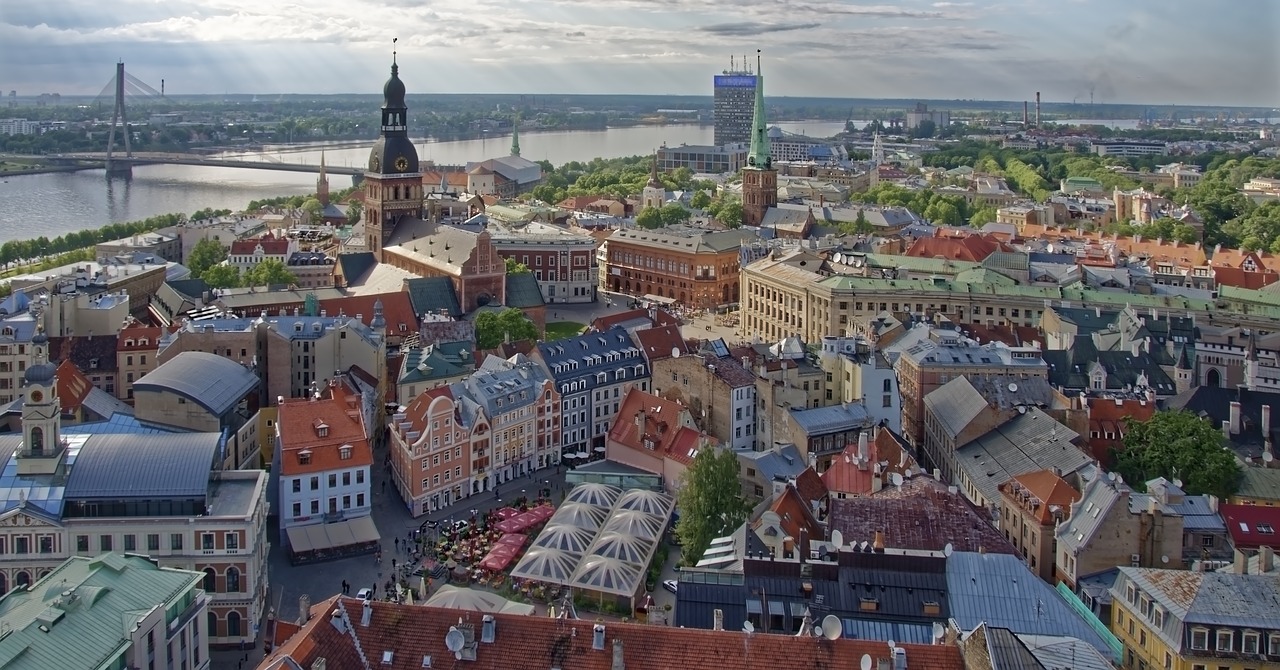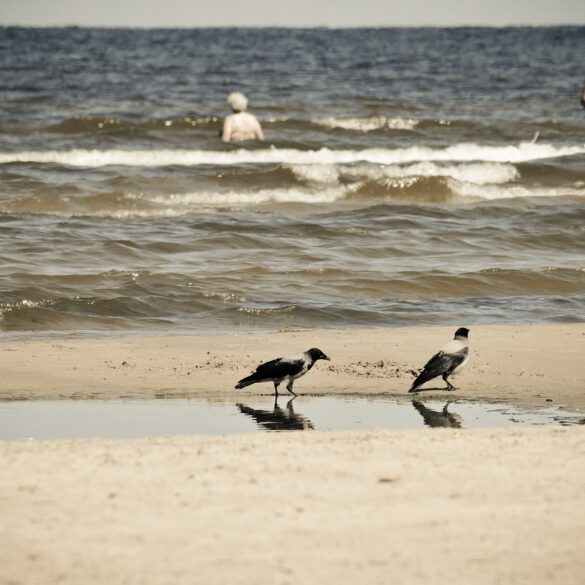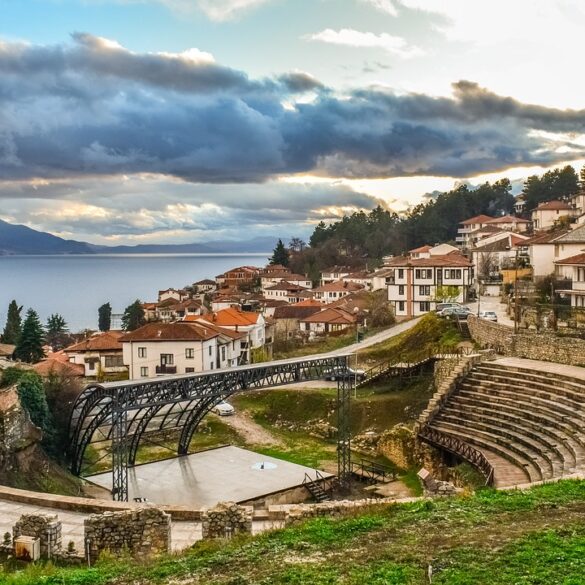
Riga, Latvia’s capital and largest city, is home to more than a third of the country’s population. The city stands on the Gulf of Riga, with the Daugava River running through it, and is one of the most important administrative, financial, and cultural hubs in the Baltics.
The city has been dominated by everyone from the Swedes and Poles to the Soviet Union throughout its history due to its strategic and scenic location. As a result, the former Hanseatic League member has a fascinating background to explore, with many outstanding historic sights to see.
Musee Art Nouveau
With so many gorgeous and ornately designed Art Nouveau buildings strewn about town, a visit to this fantastic museum to see what one of them looks like on the inside is well worth it. The building was designed by Konstantins Peksens, who also resided there, and completed in 1903, at the height of the Art Nouveau movement.
While the outside boasts many flower designs and ornate reliefs, the inside is equally impressive. The rooms have been restored to their former splendour and now display furniture, decorations, and period objects from that era, as well as many beautiful paintings and stained glass windows.
St. Peter’s Church
The 123-meter spindly spire and steeple that soars above St. Peter’s Church is another well-known landmark and significant element of the city’s skyline. This steeple, located in the middle of the Old Town, offers the greatest views of the city’s ancient streets below.
While the view is stunning, the church itself is well worth seeing; it is one of the oldest structures in the Baltics. Built between the 13th and 17th centuries, the magnificent red brick structure showcases a variety of architectural styles, including Baroque, Gothic, and Romanesque components.
Freedom Monument
The Freedom Monument, which was erected in 1935, honours those who died in the Latvian War of Independence and symbolizes the country’s sovereignty and independence. While the Liberty figure at the top of the 42-meter-high monument is likely to attract the majority of visitors’ attention, the bas-reliefs at the bottom are the most interesting.
Because the carefully carved statues portray scenes from Latvian history and culture, this is the case. The epic-looking Freedom Monument, which the Soviets considered dismantling, is happily still standing today.
Town Hall Square
Despite the fact that it was devastated during WWII, Town Hall Square has been painstakingly restored and now appears as it did centuries ago. The square, which is dominated by the beautiful House of the Black Heads on one side, is quite large. A magnificent figure of Roland, a mythological knight, stands at its centre.
This identical figure can be found in many cities because it showed that a location was free and had particular privileges in mediaeval times. While most of the buildings on the square are charming and charming, the Museum of the Occupation of Latvia stands out since it is housed in a very unsightly Soviet-era structure.



